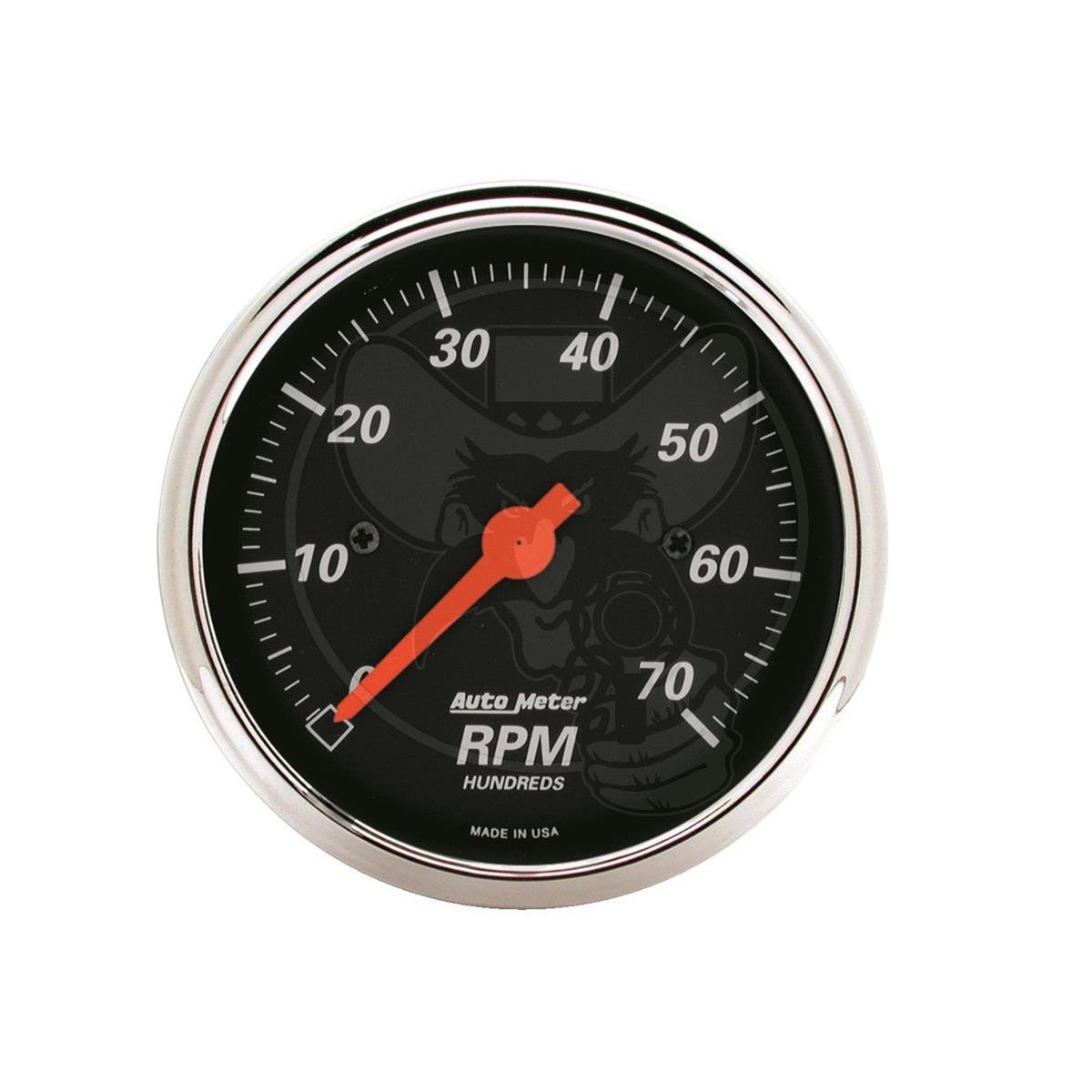The Relevance of a Tachometer in Checking Engine Rate and Efficiency in Automotive Applications
In the realm of automotive engineering, the tachometer stands as a critical instrument in the motorist's collection, offering a direct window right into the inner workings of a car's engine. Beyond its function as a mere gauge of revolutions per min (RPM), the tachometer offers as an important device for fanatics and experts alike, offering real-time insights into engine efficiency and health.
Relevance of Keeping An Eye On Engine RPM
Checking engine RPM, or changes per min, is an essential facet of automobile maintenance and performance assessment. Engine RPM directly correlates with the rate at which the engine's crankshaft revolves, suggesting exactly how rapidly the engine is running - tachometer. By keeping track of RPM, auto mechanics can assess the health and wellness of the engine, find prospective problems, and fine-tune performance. An unusual RPM analysis may signal troubles such as engine misfires, damaged ignition system, or problems with the fuel distribution system. Constantly high RPM readings could show aggressive driving habits or the demand for a higher gear change to improve fuel performance.
Furthermore, keeping track of engine RPM is crucial for performance assessment in racing and high-performance cars. In recap, monitoring engine RPM is not only essential for spotting problems however also for enhancing engine efficiency in numerous automotive applications.

Advantages of Real-Time Information
In automotive applications, real-time data plays a critical duty in giving immediate understandings right into the performance and condition of the lorry. By continually checking numerous parameters such as engine speed, temperature level, gas usage, and a lot more, real-time information uses many advantages that add to enhanced efficiency and safety when driving.
One significant benefit of real-time data is its capability to alert chauffeurs and specialists to any abnormalities or problems quickly. This proactive approach makes it possible for fast identification of potential problems, permitting prompt interventions to avoid further damages or malfunctions. Furthermore, real-time data promotes efficiency optimization by supplying instant feedback on driving behaviors and engine effectiveness. Chauffeurs can adjust their behavior in real-time based upon this info to achieve better fuel economy and prolong the lifespan of their vehicle.

Moreover, real-time data plays an essential function in modern-day automobile diagnostics, making it possible for service technicians to quickly identify and address malfunctions. This brings about decreased downtime, reduced maintenance expenses, and inevitably, improved total vehicle integrity and durability (tachometer). By taking advantage of the power of real-time information, auto stakeholders can make informed choices that favorably influence both the performance and longevity of the lorry
Influence On Gear Shifts
Effective equipment changes in auto applications substantially affect total efficiency and driving experience. The tachometer plays an essential function in enhancing equipment changes by giving real-time engine rate information to the driver. When approaching the redline on the tachometer, it signals the chauffeur to upshift to stop over-revving the engine and creating possible damages. On the various other hand, downshifting at the best moment can help preserve the engine in its power band, making sure responsive velocity when needed.
In addition, the tachometer help in accomplishing smoother gear transitions, particularly in hand-operated transmissions. By monitoring engine rate, chauffeurs can perform gear changes at the Discover More ideal RPM variety, reducing snagging motions and minimizing endure the transmission elements. This precision in equipment changes not just improves driving comfort but additionally adds to fuel performance.
Enhancing Gas Effectiveness
Given the essential function the tachometer plays in enhancing equipment changes for performance and engine health, it straight adds to maximizing gas click this site effectiveness in automotive applications. By providing real-time feedback on engine rate, the tachometer helps motorists in keeping the most efficient RPM variety for gas economic climate. When drivers continually keep track of the tachometer and readjust their driving behaviors accordingly, they can stay clear of unnecessary gas consumption triggered by over-revving or lugging the engine.
Additionally, the tachometer helps motorists recognize the most fuel-efficient equipment to be in at any given minute, avoiding the engine from functioning more difficult than essential. This is especially essential during acceleration and cruising, where remaining in the appropriate equipment can dramatically affect fuel efficiency. Furthermore, the tachometer can signal vehicle drivers to potential mechanical problems that might be adversely affecting fuel economic climate, such as a sliding clutch or a clogged up air filter. In conclusion, the tachometer functions as a useful device in boosting fuel efficiency by promoting ideal driving routines and recognizing locations for renovation in the vehicle's performance.

Taking Full Advantage Of Engine Durability
The tachometer's duty in checking engine rate and efficiency is instrumental in ensuring the longevity of automobile engines. By utilizing the tachometer effectively, drivers can optimize engine long life via conscious RPM administration. Regularly revving an engine expensive can lead to too much deterioration on vital elements, such as the pistons, valves, and bearings. With time, this can lead to decreased engine efficiency and prospective malfunctions. Keeping an eye on the tachometer enables drivers to remain within the recommended RPM array for their automobile, avoiding unneeded stress on the engine and expanding its life expectancy.

Final Thought
To conclude, the tachometer plays a critical function in monitoring engine rate and performance in vehicle applications. By providing real-time information on RPM, it allows for reliable gear changes, enhanced gas efficiency, and maximized engine durability. This tool is necessary for maintaining optimum engine performance and making certain the general capability of a car.